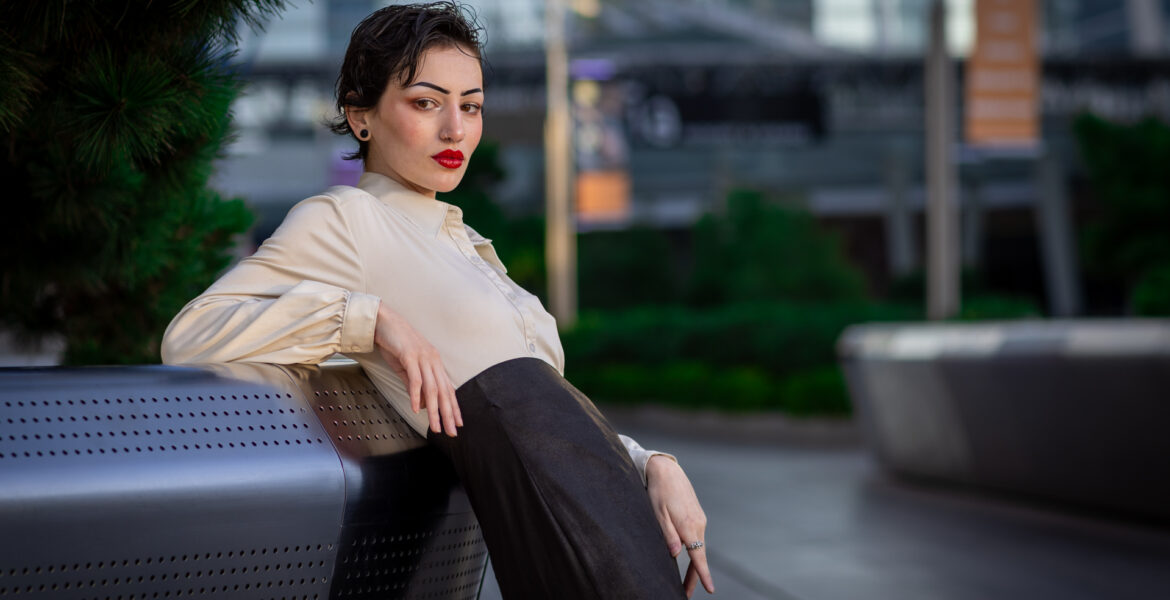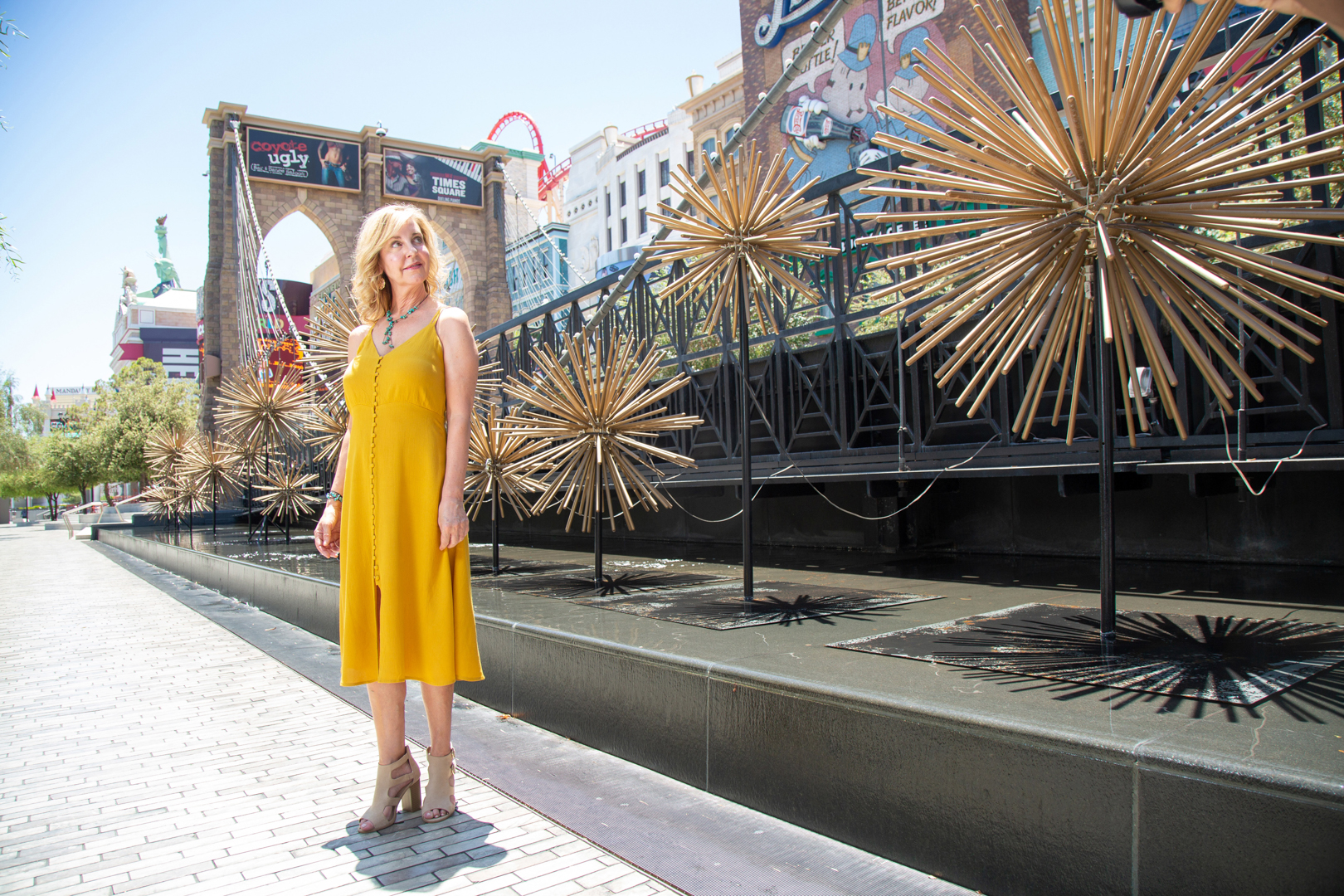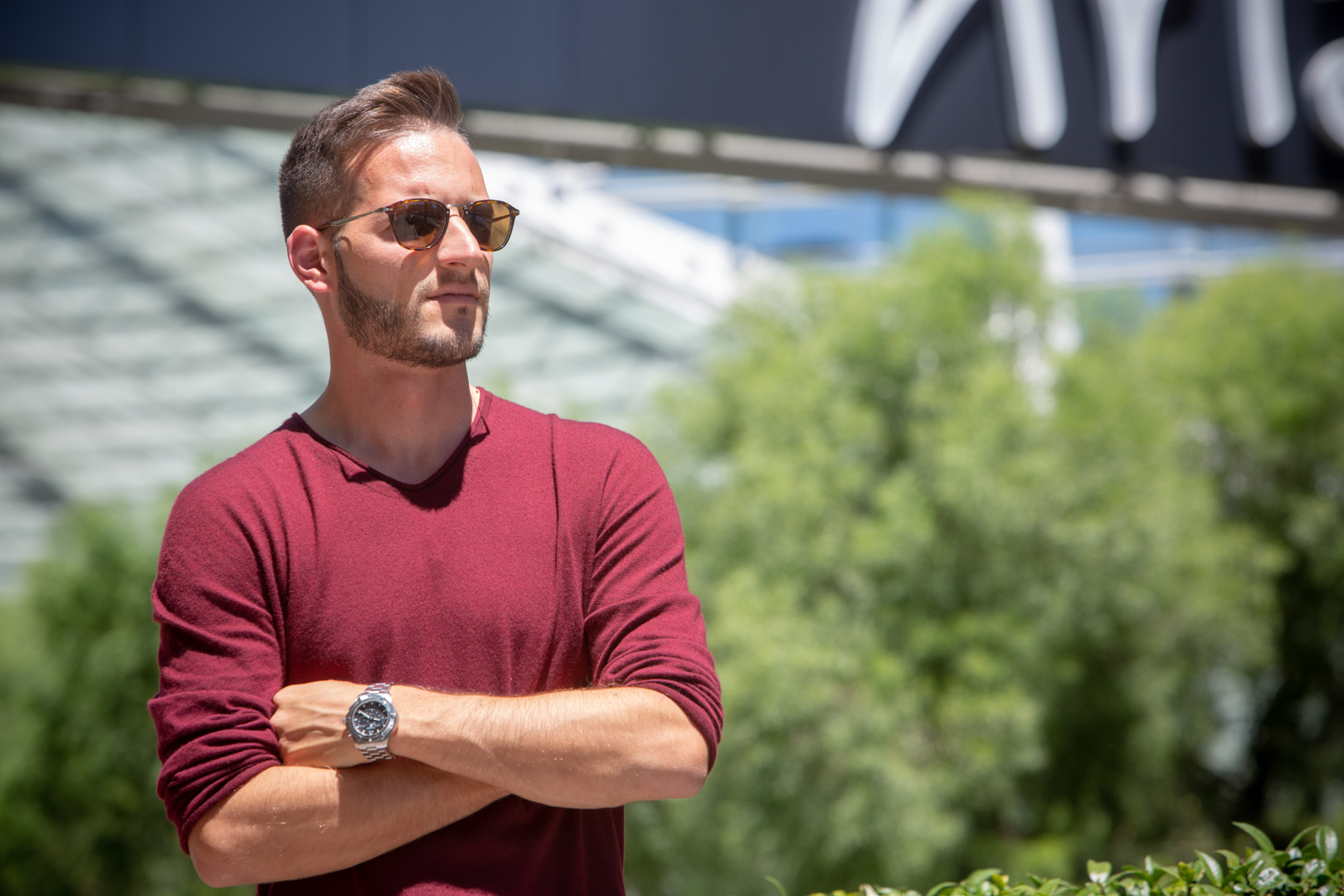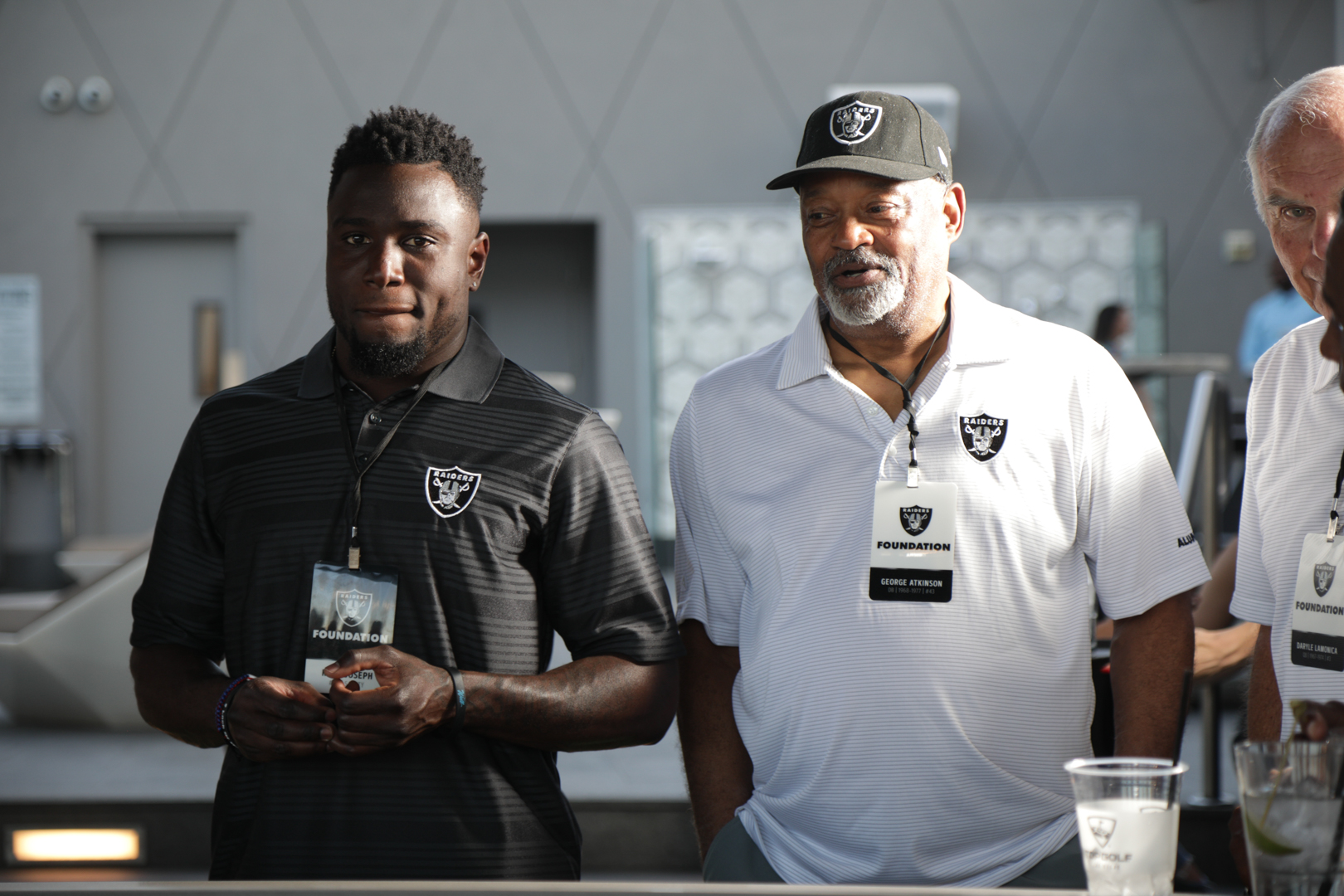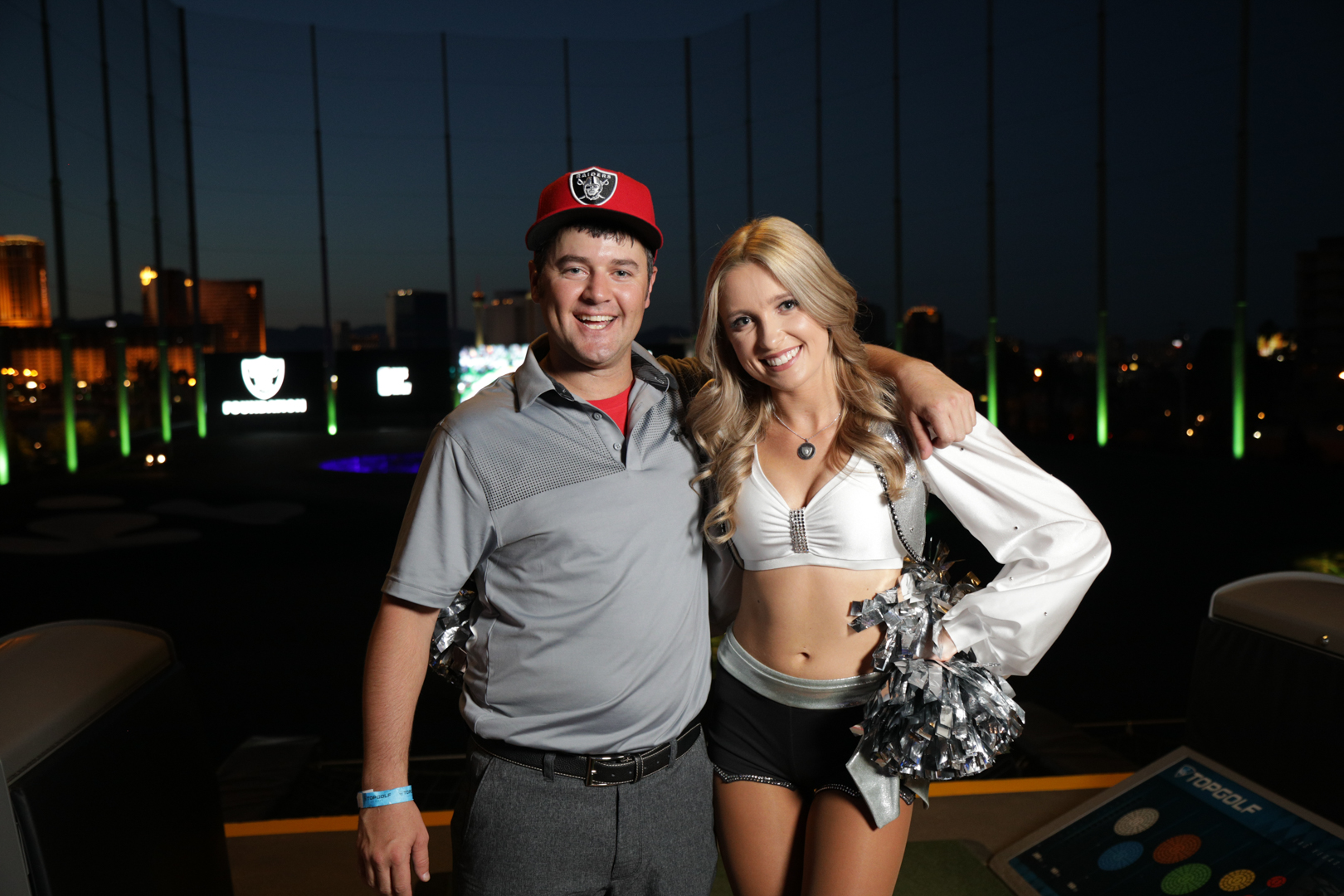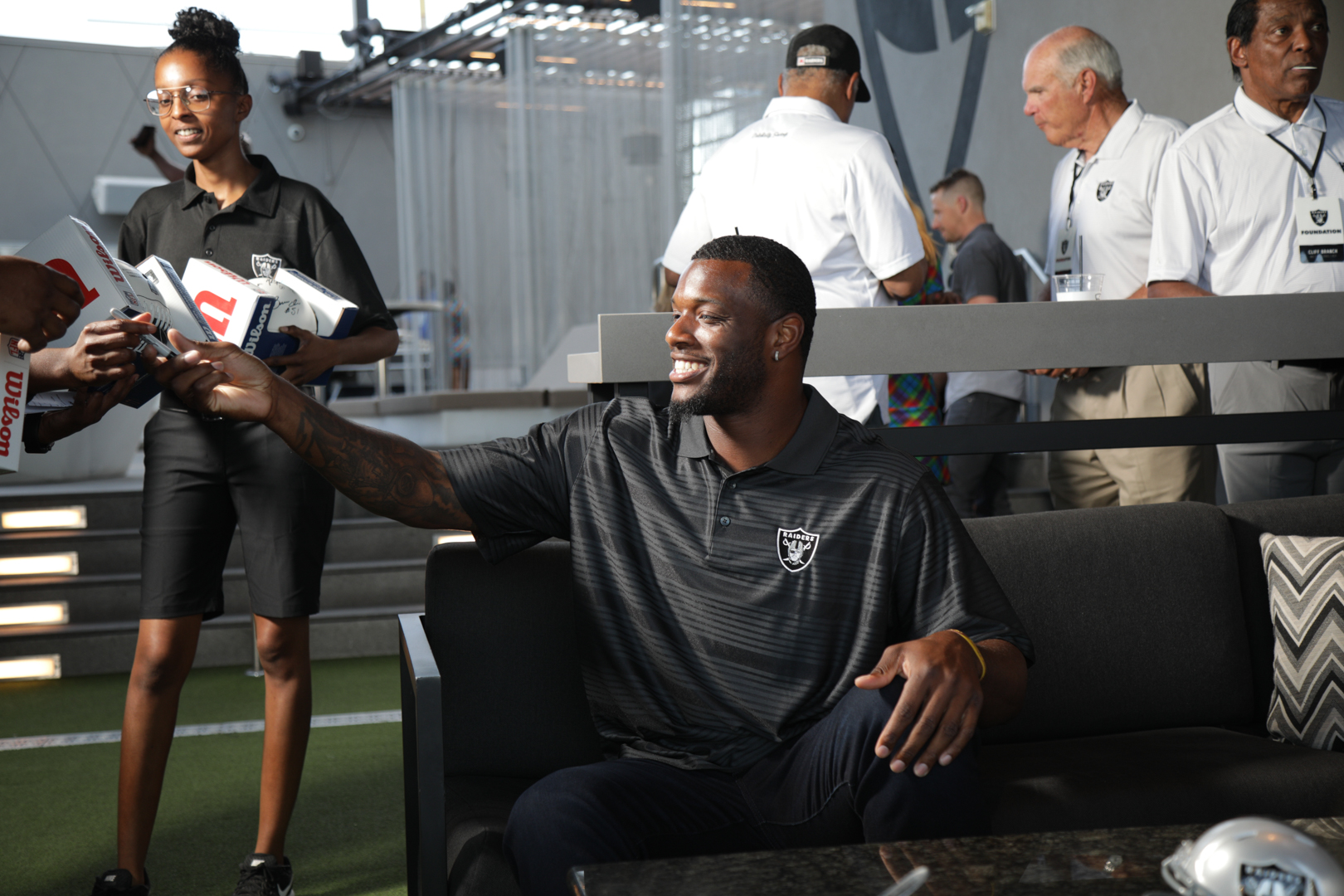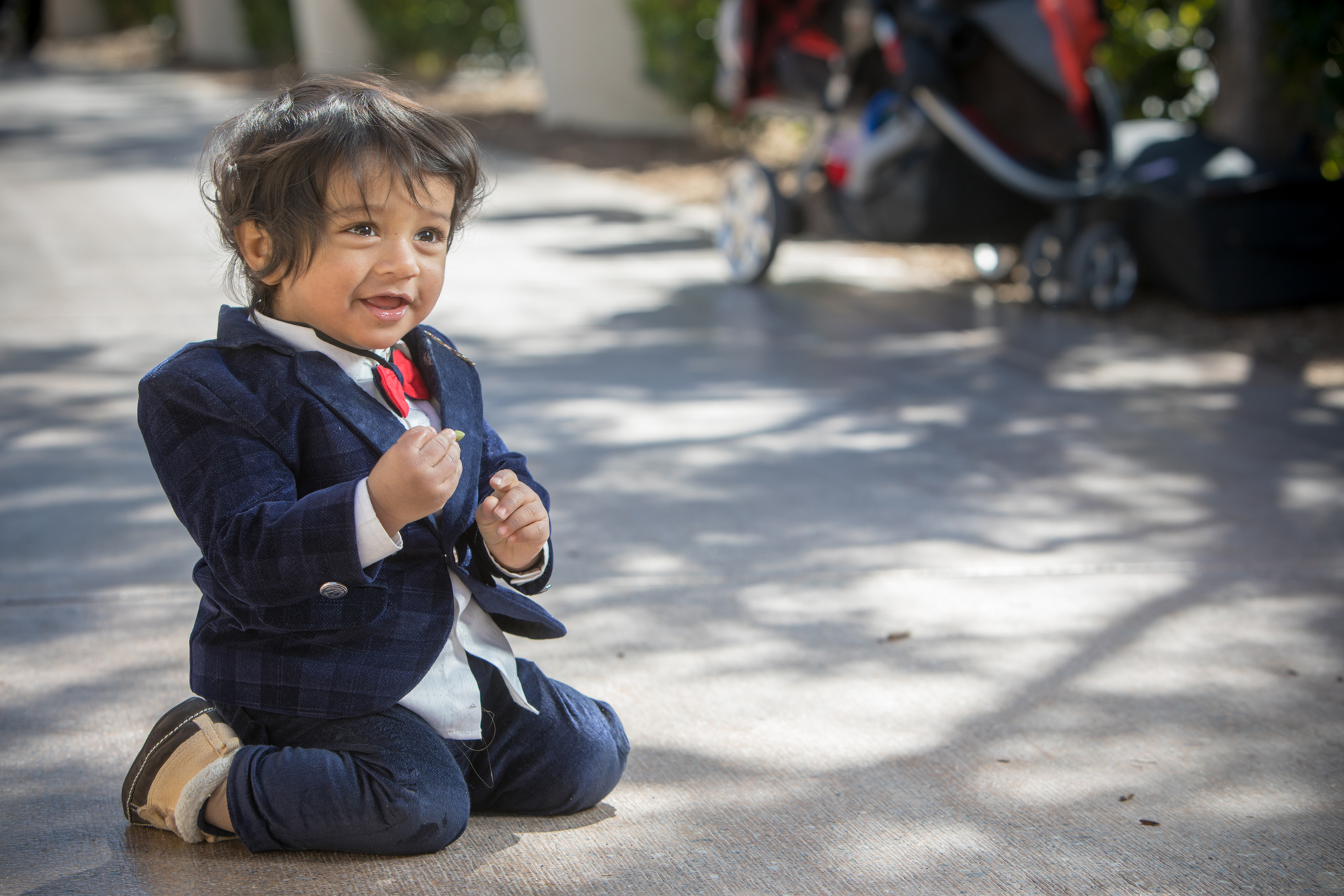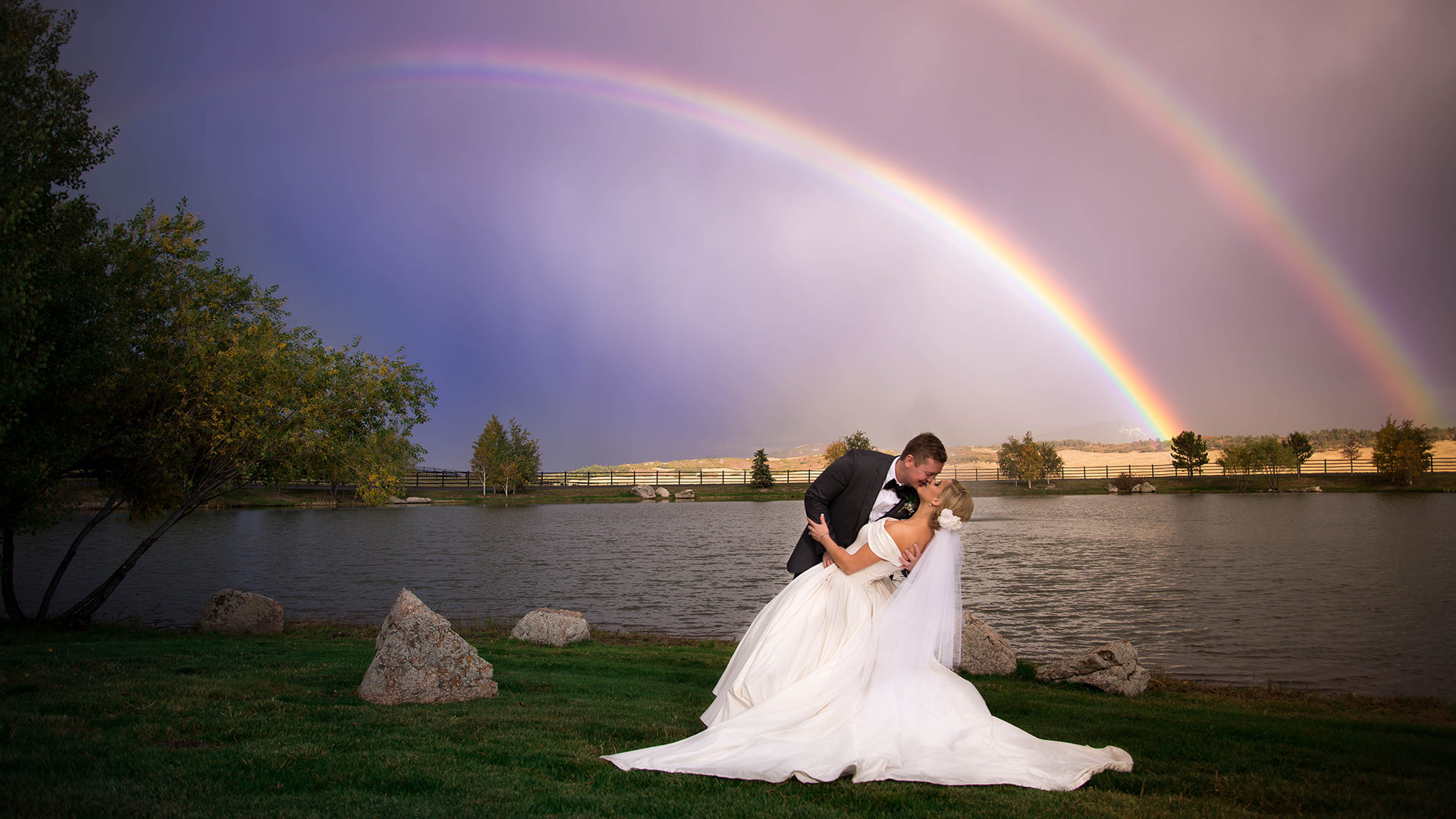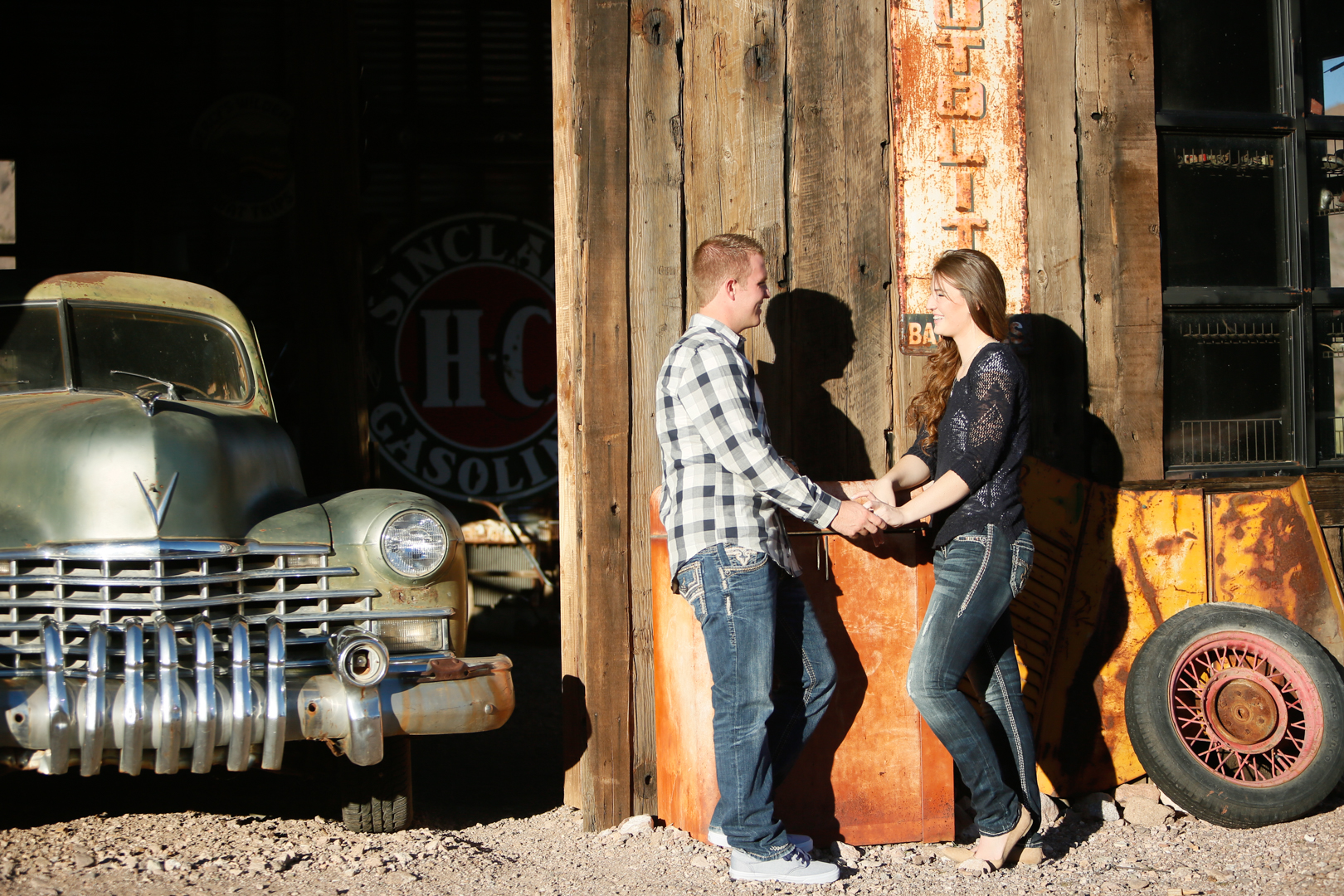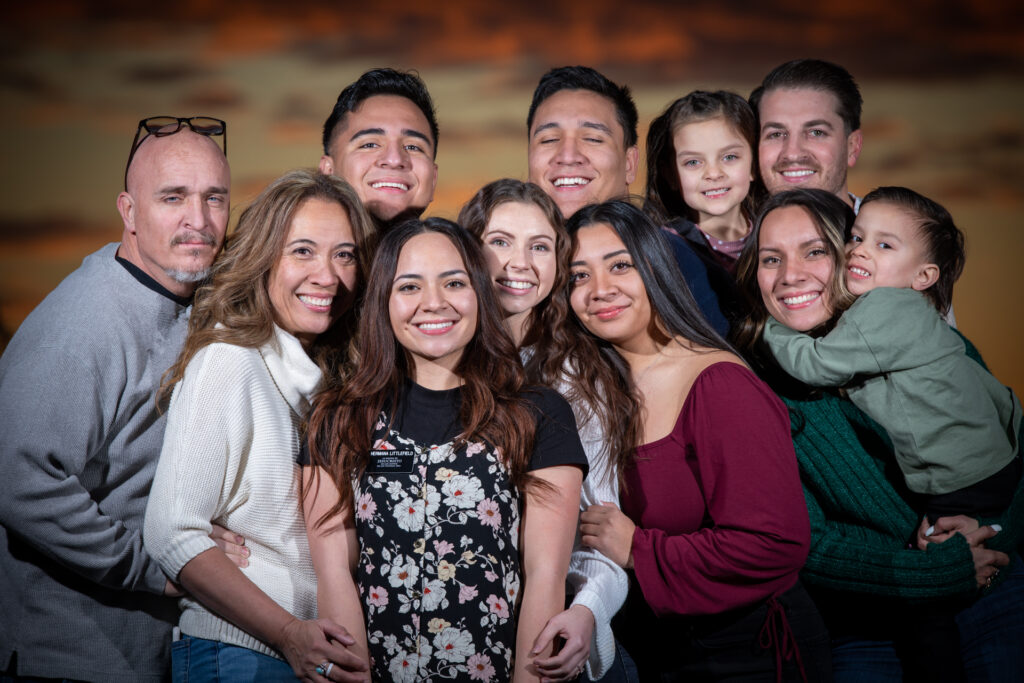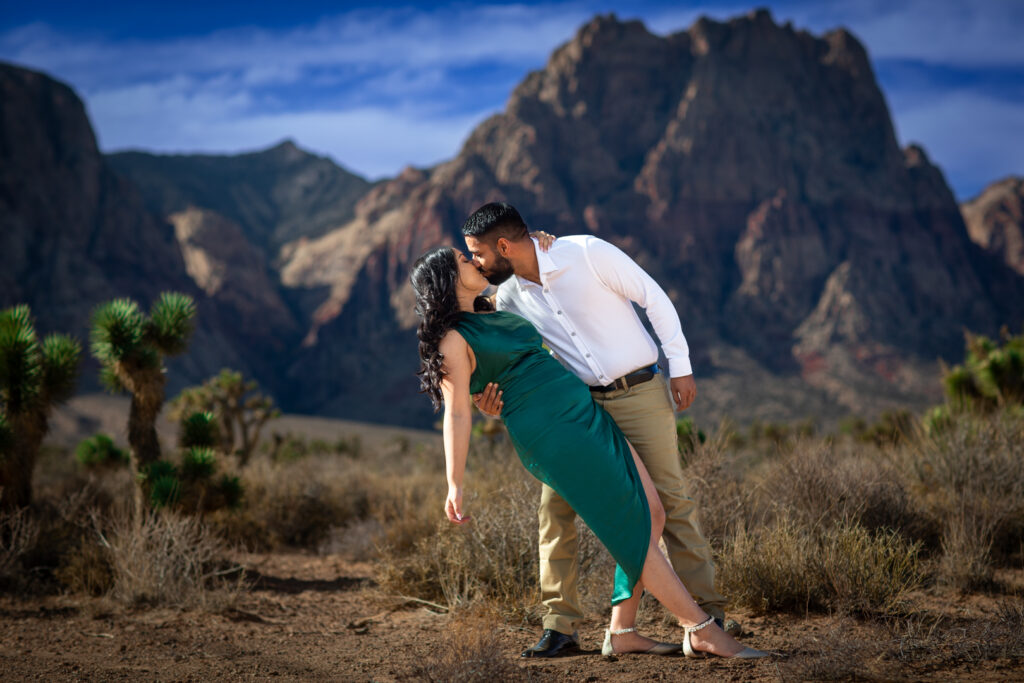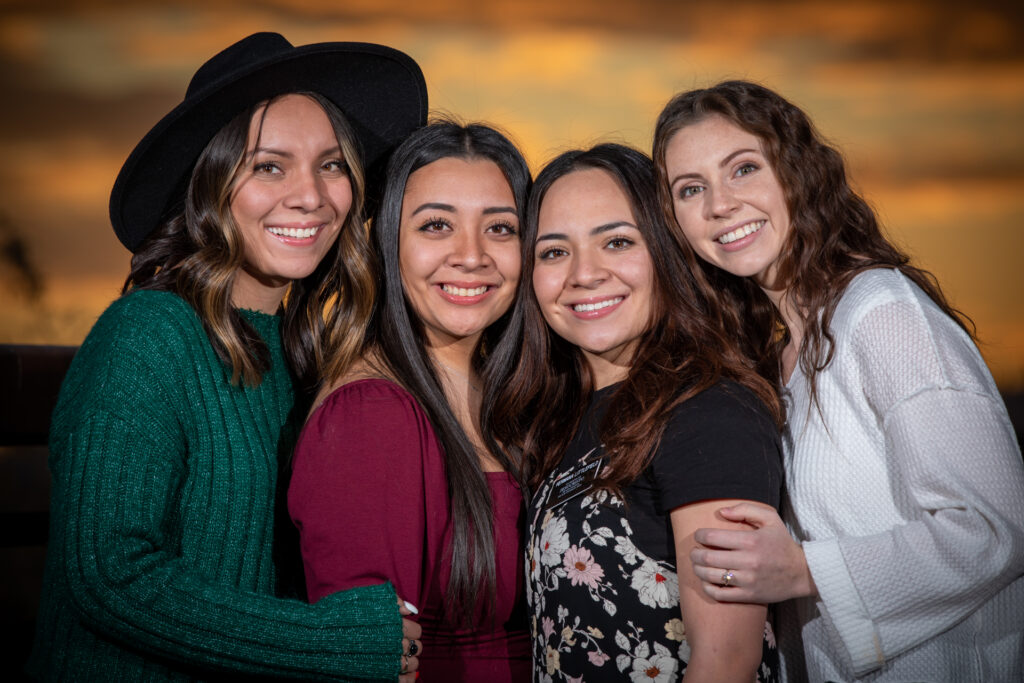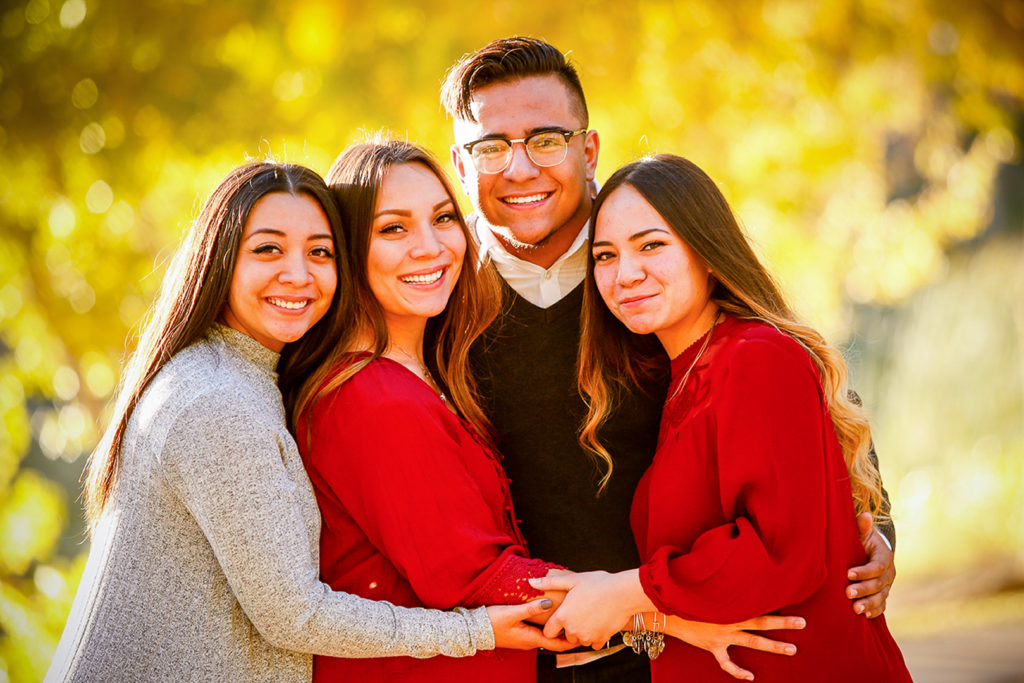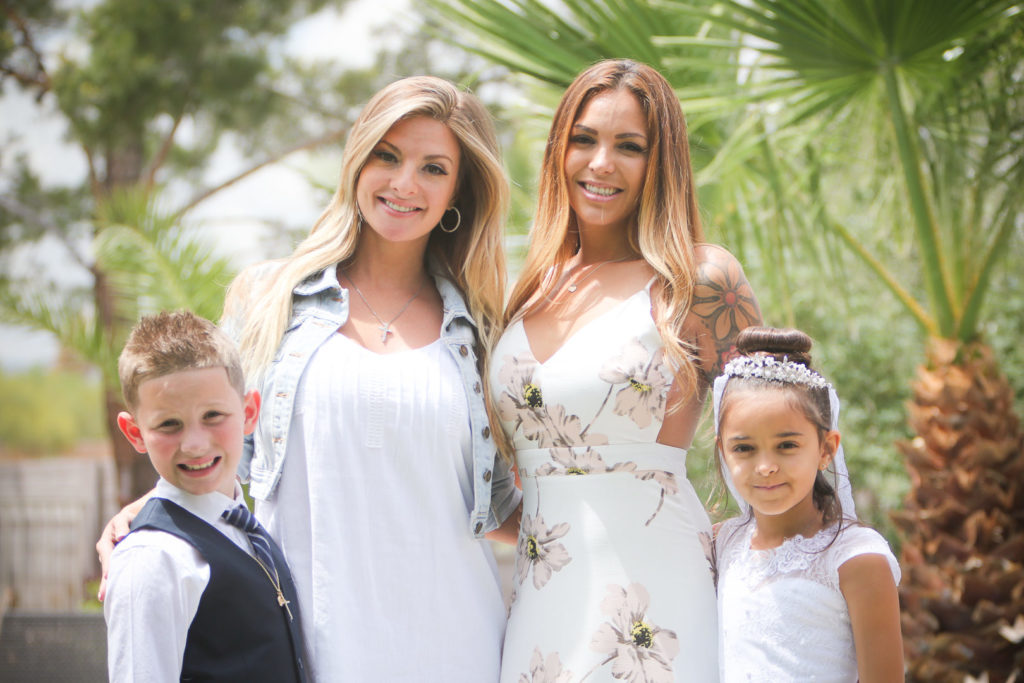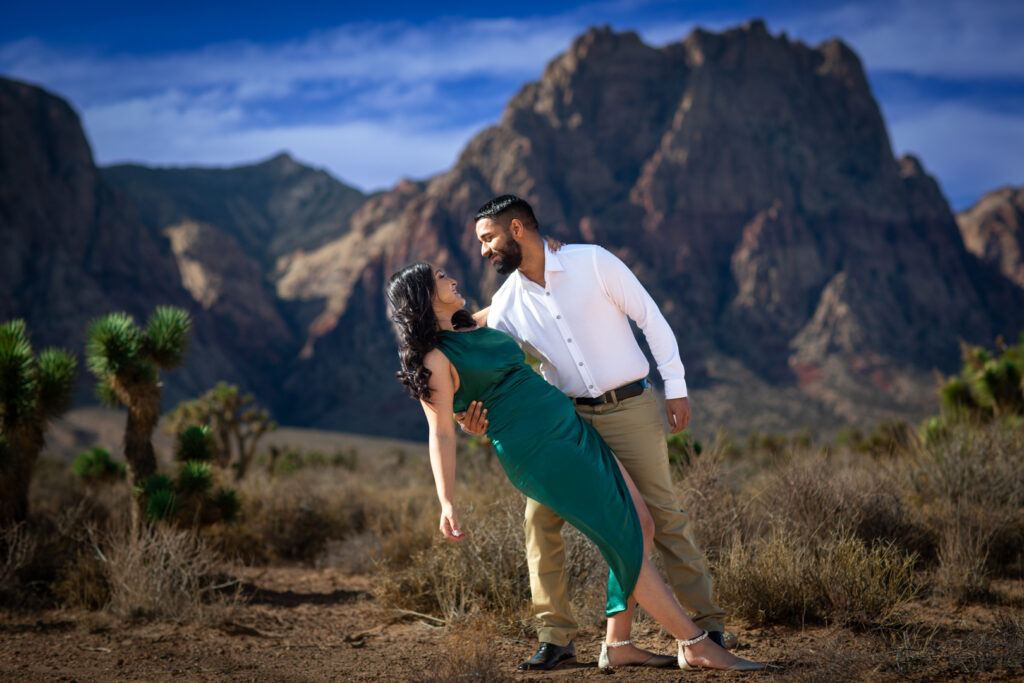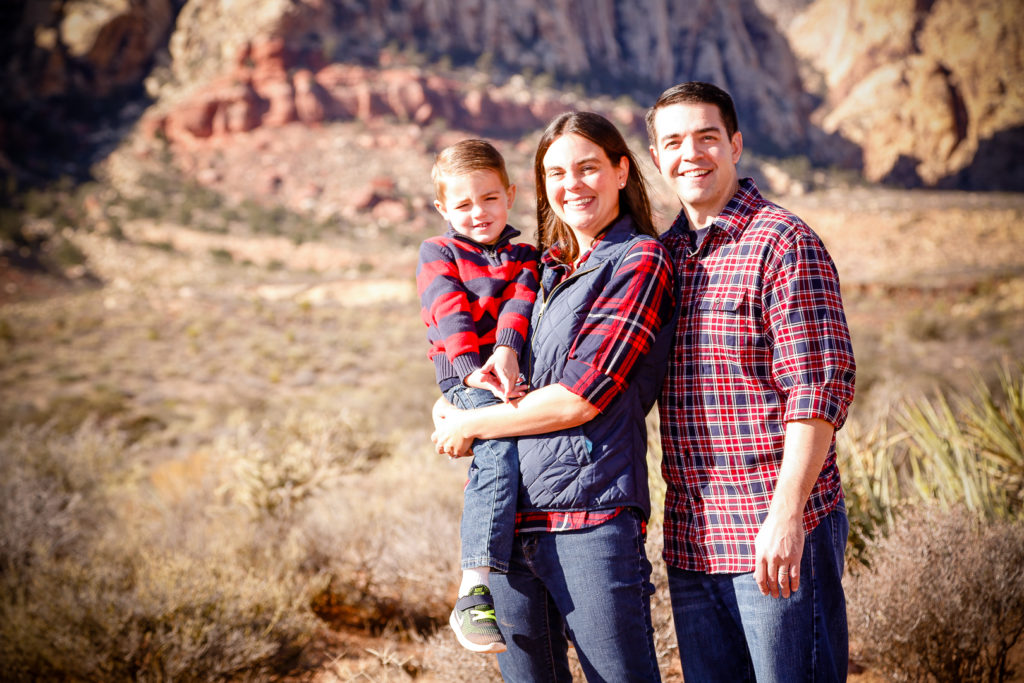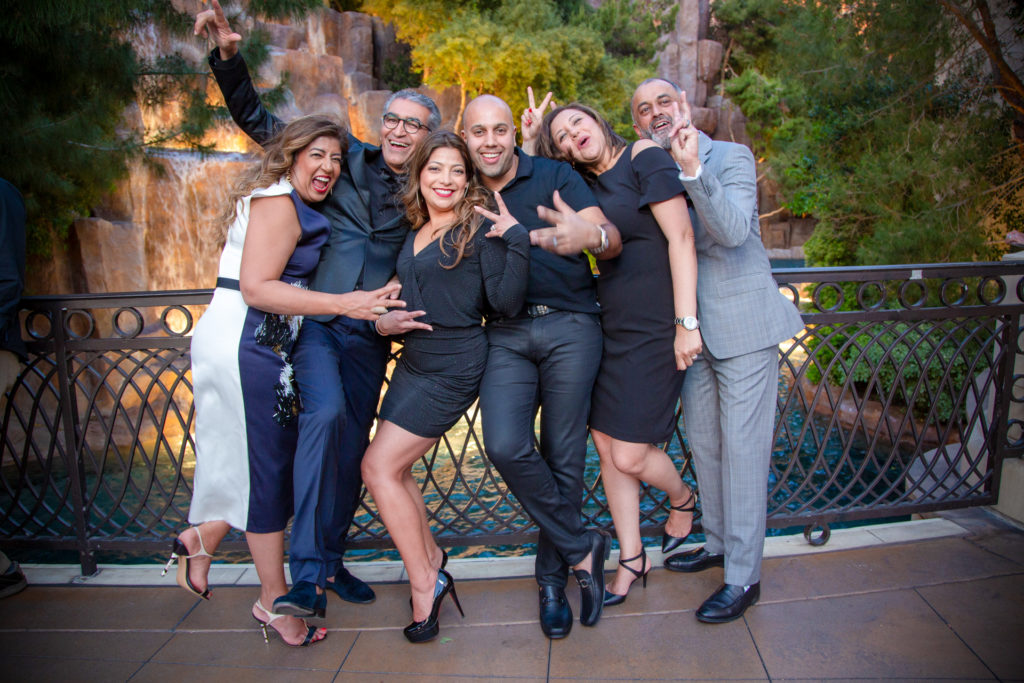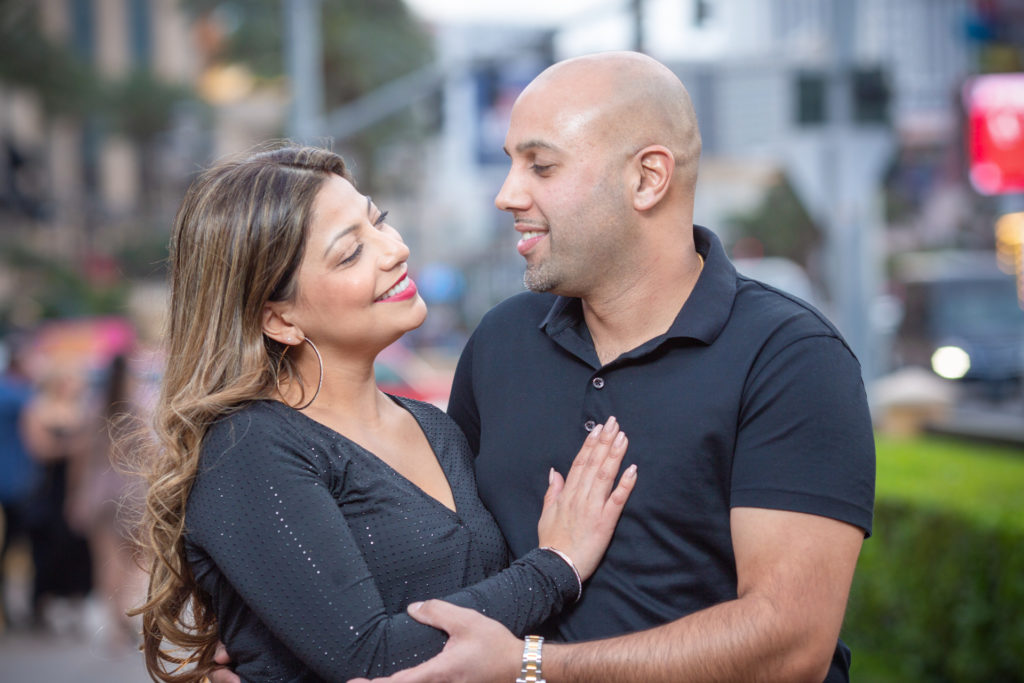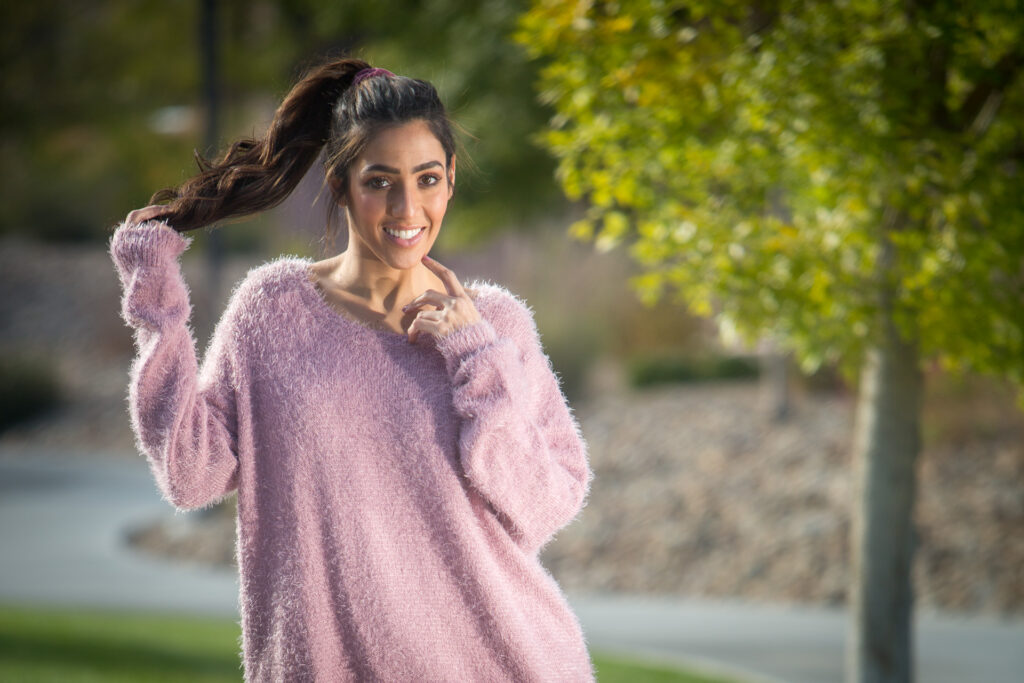Portrait Photographer and Flash
As any portrait photographer knows, the lighting for portrait photography is essential in creating the right look, tone, and overall mood for the photograph. The right lighting can leave a client feeling impressed, pleased, and eager to show off their portraits with friends; while the wrong lighting can make the photograph look dull and flat, and leave a bad impression on the photographer.
The trick to making the most of portrait photographer and flash settings is to know how many flashes to use, and where to position them. The best option for most portrait photos is to first have your photography client face away from the direction of the sun. Then, set up two flashes that will light up both sides of your portrait photography subject; the key to these two flashes is positioning them so that the light will create a dramatic effect that looks professional, memorable, and most importantly, stunning.
What makes it a fact that portrait photographer and flash choices are so important to the final product of your session? The key lies in the flash units for you as a photographer. When you use multiple flash units, you are heightening the dimension of the photograph; this allows you to play around with highlights and shadows, allowing for everything from a dramatic intense portrait to one that looks ethereal and beautiful.
An important note on utilizing natural light with your flash units: if the natural light is proving too intense and overwhelming, you can quickly diffuse it with a white sheet of fabric or some good quality vellum paper. Using these types of diffusers will give you greater control over the lighting in your Las Vegas photographer sessions.
And—as always—don’t be afraid to move around your flash units to see which positions yield the best results. You may find that certain poses, certain settings, or even certain clients are better highlighted with different angles and unit strengths!
Are you a portrait photographer looking to elevate your craft? Look no further! In this article, we delve into the art of portrait photography and explore how using flash can enhance your skills and create stunning images.
Bringing a new dimension to your work, flash is a powerful tool that allows you to control light and capture the perfect moment. Whether you’re shooting in a studio or on location, understanding how to effectively use flash can make a world of difference in your portraits.
In this comprehensive guide, we’ll walk you through the fundamentals of flash photography, from choosing the right equipment to mastering different lighting techniques. Discover how to create dramatic effects, soften shadows, and achieve balanced exposures with flash.
Whether you’re a seasoned professional or just starting, this article will provide you with valuable insights and tips to take your portrait photography to the next level. So grab your camera, embrace the world of flash, and watch as your images come to life like never before.
Understanding the role of flash in portrait photography
Flash photography plays a crucial role in portrait photography, allowing you to control and manipulate light to create stunning images. While natural light can be beautiful, it’s not always reliable or readily available. That’s where flash comes in.
Using flash gives you the power to illuminate your subject, regardless of the lighting conditions. It helps you fill in shadows, add depth, and bring out the details in your portraits. With the right techniques, you can achieve a natural-looking result that enhances the overall mood and aesthetic of your photographs.
When used correctly, flash can also help you freeze motion, making it ideal for capturing candid or action shots. It allows you to control the exposure and create a balance between your subject and the background, resulting in well-lit images that truly stand out.
In the next sections, we’ll explore the benefits of using flash in portrait photography and provide you with practical tips and techniques to help you make the most of this powerful tool.
Benefits of using flash in portrait photography
Using flash in portrait photography offers numerous benefits that can significantly improve the quality of your images. Here are some key advantages to consider:
Control over lighting: Flash allows you to have full control over the lighting in your portraits. By using flash, you can fill in shadows, eliminate harsh lighting, and create a more balanced and flattering illumination of your subject.
Enhanced Details: Flash helps bring out the details in your portraits, especially in areas that may be underexposed or in shadow. It adds a pop to your images, making them more visually appealing and engaging.
Freezing motion: When shooting portraits, especially in dynamic environments, flash can freeze motion and ensure that you capture the perfect moment. This is particularly useful for capturing action shots or candid expressions.
Creative effects: Flash opens up a world of creative possibilities. By experimenting with different flash techniques, you can create dramatic effects, add depth to your images, and make your portraits truly unique.
Greater flexibility: With flash, you’re not limited to shooting only during the day or in well-lit environments. You can shoot portraits at any time, in any location, without worrying about the availability or quality of natural light.
In the next sections, we’ll dive deeper into the different types of flash equipment available for portrait photography and provide tips for using flash effectively in your work.
Types of flash equipment for portrait photography
When it comes to flash equipment for portrait photography, you have several options to choose from. Each type of flash has its advantages and considerations. Let’s take a closer look at some of the most common types:
On-camera flash: On-camera flash is the most basic and widely used type of flash. It is built into most DSLR cameras and provides a convenient and portable lighting solution. However, on-camera flash can produce harsh lighting and unflattering shadows if not used correctly.
Off-camera flash: Off-camera flash refers to using a flash unit that is detached from the camera. This allows you to have more control over the direction and intensity of the light. Off-camera flash provides greater flexibility and can produce more natural-looking results.
Studio strobes: Studio strobes are powerful flash units designed for studio photography. They offer a wide range of lighting options, including adjustable power output and modeling lights. Studio strobes are ideal for controlled environments where you have complete control over the lighting setup.
Speedlights: Speedlights are compact, portable flash units that can be mounted on your camera’s hot shoe or used off-camera. They offer a good balance between power and portability, making them a popular choice among portrait photographers.
Continuous lighting: Continuous lighting refers to using constant light sources, such as LED panels or tungsten lights, instead of flash. While continuous lighting can be beneficial in certain situations, it is less commonly used in portrait photography compared to flash.
When choosing flash equipment for portrait photography, consider factors such as your shooting style, budget, and desired level of control. Experiment with different types of flash to find the one that best suits your needs and enhances your creative vision.
In the next sections, we’ll explore tips for using flash effectively in portrait photography and techniques for achieving natural-looking lighting with flash.
Tips for using flash effectively in portrait photography
Using flash effectively in portrait photography requires a combination of technical knowledge and creative vision. Here are some tips to help you get started:
Master the basics: Before diving into advanced flash techniques, make sure you have a solid understanding of the basics. Learn how to properly expose your images, control the flash output, and balance ambient light with flash.
Use flash as a fill light: One of the most common uses of flash in portrait photography is as a fill light. This involves using flash to fill in shadows and create a more balanced exposure. Experiment with different flash power settings to achieve the desired effect.
Bounce the flash: Direct flash can produce harsh lighting and unflattering shadows. To soften the light and create a more diffused effect, consider bouncing the flash off a nearby surface, such as a wall or ceiling. This helps spread the light and produce a more natural-looking result.
Consider using modifiers: Flash modifiers, such as softboxes, diffusers, and umbrellas, can help you achieve different lighting effects and control the direction of light. Experiment with different modifiers to create the desired mood and enhance the overall look of your portraits.
Experiment with flash placement: The position of your flash can significantly impact the look and feel of your portraits. Explore different angles and distances to find the most flattering lighting setup for your subject. Remember to consider factors such as the shape of their face, the desired level of shadow, and the overall composition of the image.
In the next sections, we’ll discuss common mistakes to avoid when using flash in portrait photography and techniques for achieving a natural-looking balance between ambient light and flash.
Techniques for achieving natural-looking lighting with flash
When using flash in portrait photography, it’s important to strive for a natural-looking result that enhances your subject and complements the overall composition of the image. Here are some techniques to help you achieve this:
Balance ambient light and flash: To create a natural-looking result, it’s crucial to balance the ambient light with flash. This involves adjusting the flash power and the camera settings to ensure that the subject is properly exposed while maintaining the desired level of ambient light.
Consider the quality of light: The quality of light can greatly impact the mood and aesthetics of your portraits. Soft, diffused light is generally more flattering and creates a more natural look. Consider using modifiers or bouncing the flash to achieve a softer light source.
Avoid overexposure and harsh lighting: Overexposure and harsh lighting can ruin an otherwise great portrait. Pay attention to the flash power and distance to avoid blowing out highlights or creating unflattering shadows. Experiment with different flash power settings and modifiers to achieve the desired effect.
Take into account the environment: The environment in which you’re shooting can influence the overall lighting conditions and the effectiveness of flash. Consider factors such as the color temperature of the ambient light, the presence of reflective surfaces, and the distance between the subject and the background. These factors can affect the overall balance and color harmony of your portraits.
By practicing these techniques and experimenting with different flash settings, you’ll be able to achieve natural-looking lighting that enhances your portraits and brings out the best in your subjects.
In the next sections, we’ll discuss common mistakes to avoid when using flash in portrait photography and provide recommended flash settings for different portrait photography scenarios.
Common mistakes to avoid when using flash in portrait photography
Using flash in portrait photography can be challenging, especially if you’re just starting. Here are some common mistakes to avoid to ensure that your flash-enhanced portraits turn out stunning:
Using direct flash: Direct flash can produce harsh lighting and unflattering shadows. Avoid pointing the flash directly at your subject and instead, consider bouncing the flash or using a diffuser to soften the light.
Overexposing your subject: Overexposure can wash out details and make your subject appear flat. Pay attention to the flash power and adjust accordingly to ensure a properly exposed image.
Forgetting about the background: When using flash, it’s easy to focus solely on your subject and forget about the background. Remember to consider the overall composition and balance between your subject and the background to create a visually pleasing image.
Neglecting to balance ambient light: Balancing ambient light with flash is crucial for achieving a natural-looking result. Pay attention to the exposure settings and adjust the flash power accordingly to ensure that the subject is properly exposed while maintaining the desired level of ambient light.
Not considering the color temperature: Different light sources have different color temperatures, which can affect the overall color balance of your images. Pay attention to the color temperature of the ambient light and adjust the white balance settings on your camera or flash to ensure color accuracy.
By being aware of these common mistakes and practicing proper flash techniques, you’ll be able to avoid them and create stunning portraits that truly stand out.
In the next sections, we’ll provide recommended flash settings for different portrait photography scenarios and conclude with final thoughts on using flash in portrait photography.
Recommended flash settings for different portrait photography scenarios
The optimal flash settings for portrait photography can vary depending on the shooting environment and desired outcome. Here are some recommended flash settings for different scenarios:
Studio photography: In a controlled studio environment, consider using studio strobes or powerful speedlights. Set your flash power to a level that provides enough illumination for your subject while maintaining a balanced exposure. Use modifiers to control the direction and quality of light.
Outdoor portraits: When shooting portraits outdoors, consider using an off-camera flash or a portable speedlight. Adjust the flash power based on the ambient light conditions and the desired level of fill light. Use modifiers to soften the light and create a natural-looking result.
Low-light situations: In low-light situations, flash can be extremely beneficial for illuminating your subject. Use a higher flash power to compensate for the lack of available light and adjust the camera settings accordingly to achieve a balanced exposure.
Action shots: When capturing action shots, such as sports or events, use a higher flash power to freeze motion and ensure that you capture the perfect moment. Experiment with different flash settings and shooting techniques to achieve the desired effect.
Remember, these are just general recommendations, and it’s important to experiment and adjust the settings based on your specific shooting conditions and creative vision.
Conclusion and final thoughts on using flash in portrait photography
Using flash in portrait photography can take your work to the next level by giving you control over lighting and enhancing the overall quality of your images. By understanding the role of flash, choosing the right equipment, and mastering different techniques, you can create stunning portraits that truly stand out.
Whether you’re shooting in a studio or on location, flash allows you to illuminate your subject, fill in shadows, and bring out the details that make your portraits shine. By balancing ambient light with flash, using modifiers, and avoiding common mistakes, you can achieve natural-looking lighting that enhances your subjects and creates a visually appealing result.
Remember to experiment, practice, and continue to refine your skills. With dedication and a deep understanding of flash photography, you’ll be able to create portraits that capture the essence of your subjects and leave a lasting impression.
So grab your camera, embrace the world of flash, and watch as your images come to life like never before. Elevate your portrait photography and create stunning, captivating portraits that truly stand out. The possibilities are endless when you harness the power of flash.
Call or text 702-530-4384 to book your next Las Vegas photography session or email us at info@christianpurdie.com for more information.

